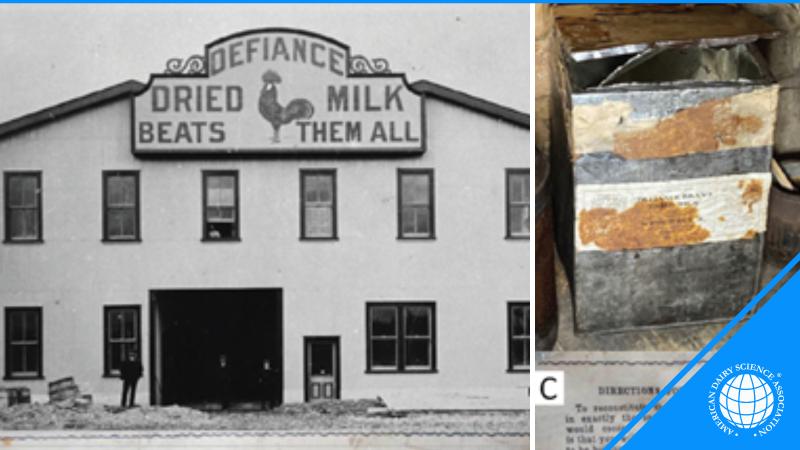In a remote corner of Antarctica, a remarkable discovery has shed light on the enduring qualities of dairy products and their significance in human nutrition. A tin-plated can of whole milk powder, manufactured in New Zealand in 1907 and transported to the icy landscapes of the Antarctic, has emerged from a century-long slumber. This extraordinary find has provided researchers with a rare opportunity to peer into the past and compare the milk of yesteryear with its modern-day counterpart. In this article, we embark on a journey to uncover the mysteries of this Antarctic time capsule and explore the fascinating insights it offers into the evolution of dairy production and its impact on human health.
Unveiling the Antarctic Time Capsule: The discovery of the Defiance brand whole milk powder, frozen at Ernest Shackleton’s base camp for over a century, marks a significant milestone in dairy research. Lead investigator Skelte G. Anema and his team from the Fonterra Research and Development Centre in New Zealand seized the opportunity to study this well-preserved relic of early milk powder production. With meticulous analysis, they aimed to unravel the similarities and differences between the milk of the past and the milk we consume today.
A Glimpse into the Past: Before delving into the comparative study, it’s essential to understand the context of milk powder production in the early twentieth century. Milk powders were manufactured using roller-drying processes, involving boiling-hot milk poured between steam-heated cylinders to evaporate water. This rudimentary method paved the way for the creation of dried milk sheets, which were then milled and sieved to produce powdered milk—a revolutionary advancement in food preservation and transport.
Comparative Analysis: The interdisciplinary team of scientists embarked on a comprehensive analysis of the Antarctic milk powder, comparing it with modern-day spray-dried counterparts from Fonterra. Through a series of tests examining major component composition, mineral content, protein structure, and microstructural properties, they sought to uncover the secrets hidden within this frozen relic.
Surprising Revelations: Contrary to expectations, the analysis revealed remarkable similarities between the century-old milk powder and its modern counterparts. Despite advancements in dairy technology and farm practices, the composition of bulk components, including proteins and fats, remained largely unchanged over the years. Moreover, genetic variations in casein and whey proteins showed striking similarities, highlighting the resilience of dairy products across generations.
Challenges of Preservation: While the Antarctic milk powder provided valuable insights, it also presented challenges due to its century-long confinement in a tin-plated can. Elevated levels of lead, tin, and other trace minerals were detected, likely stemming from the storage vessel and environmental factors. Additionally, oxidation-related volatile compounds were observed, indicating potential degradation over time—a reminder of the challenges faced in preserving perishable goods in extreme conditions.
Lessons Learned: Despite the challenges, the Antarctic time capsule serves as a testament to the enduring qualities of dairy products and their importance in human nutrition. From the pioneering expeditions of the past to the modern-day advancements in food technology, dairy products have remained a staple in the human diet, providing essential nutrients and energy for generations.
As we reflect on the journey of the Antarctic milk powder, frozen in time for over a century, we gain a deeper appreciation for the resilience and adaptability of dairy products. While the methods of production may have evolved, the fundamental properties of milk remain unchanged—a testament to its timeless significance in human nutrition. As we continue to unravel the mysteries of our culinary past, let us celebrate the enduring legacy of dairy products and their role in fueling our discoveries past and present.
